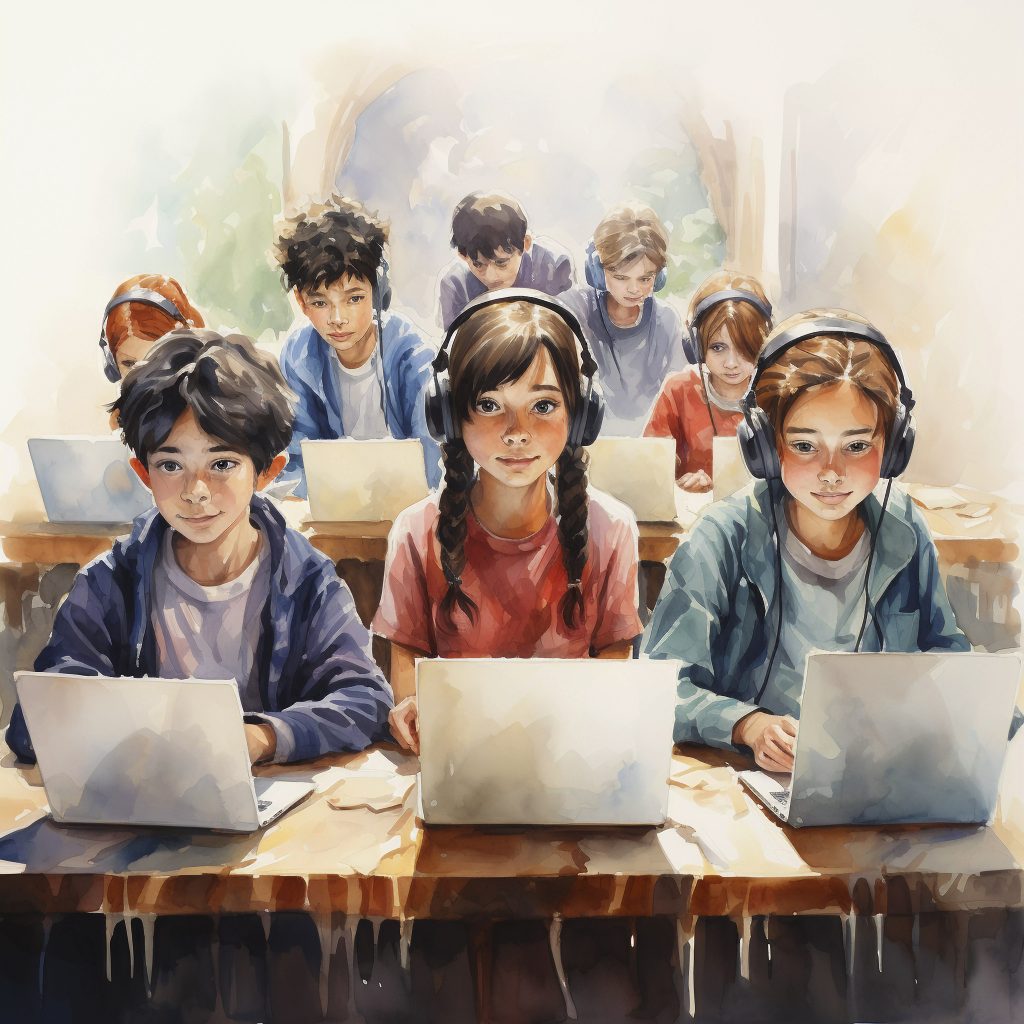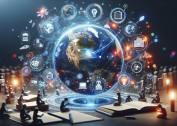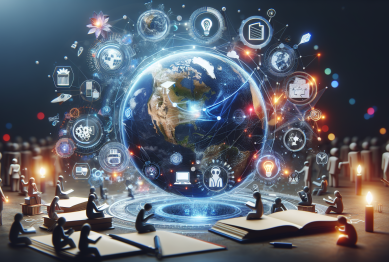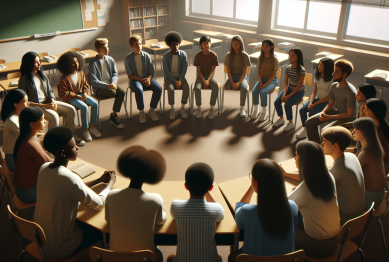The impact of technology on traditional education is reshaping the way we teach, learn, and interact in academic settings. From AI tutors and virtual classrooms to global collaboration tools and personalised learning platforms, technology is no longer an enhancement—it’s a core component of modern education. While traditional methods still hold value, they now coexist with fast-evolving digital ecosystems that demand new strategies, tools, and mindsets.

How Technology Has Transformed Traditional Education Models
In the past, traditional education was marked by physical classrooms, printed books, and fixed schedules. The impact of technology on traditional education has led to:
- Online Learning Platforms like Coursera, Udemy, and Khan Academy
- Learning Management Systems (LMS) such as Moodle and Google Classroom
- Cloud-Based Collaboration Tools like Microsoft Teams and Zoom
- Adaptive Learning Tools powered by artificial intelligence
This evolution has enabled flexible, scalable, and personalised learning for millions worldwide.
The Role of AI and Data in Education
One significant impact of technology on traditional education is the rise of artificial intelligence. AI enhances the learning process through:
- Personalised Learning Paths based on student performance
- Instant Feedback through automated assessments
- Learning Analytics that help educators track progress and intervene early
According to EdTech Magazine, 86% of educators believe AI improves student outcomes when used thoughtfully.
Benefits of Technology in Traditional Classrooms
1. Increased Accessibility
Students from remote or underserved areas can now attend world-class lectures online. Internet-based resources help bridge the education gap.
2. Real-Time Feedback and Support
Platforms with live chat, forums, or AI tutors provide continuous support, improving understanding and retention.
3. Student-Centered Learning
Technology enables students to learn at their own pace, access various formats (audio, video, text), and take ownership of their learning journey.
4. Flexible Learning Environments
The blend of online and face-to-face instruction provides greater flexibility for students, teachers, and institutions alike.
Challenges: What Needs to Be Addressed
While the impact of technology on traditional education is largely positive, it comes with challenges:
- Digital Divide: Millions still lack access to reliable internet and devices. According to UNESCO, over 40% of students globally have limited or no digital access.
- Privacy Concerns: Student data protection is a growing issue, especially with cloud-based systems.
- Screen Time: Excessive digital learning can lead to screen fatigue and reduced attention spans.
- Training Gaps: Many teachers are not fully equipped to use new technologies effectively.
Addressing these challenges is essential to ensure equitable and effective learning outcomes.
Subheading Example: The Impact of Technology on Traditional Education in Hybrid Models
Hybrid learning—blending online and in-person instruction—has emerged as a dominant model post-pandemic. It reflects a balanced impact of technology on traditional education, allowing institutions to:
- Reduce classroom density
- Offer flexible scheduling
- Support students with diverse needs
Brookings Institution reports that students in hybrid settings often show improved engagement and academic performance.
Supporting Teachers and Students in Traditional Education
The transition to tech-enhanced education demands:
- Continuous Professional Development for teachers
- Investment in Infrastructure like internet access and digital devices
- Mentorship and Peer Learning to ease adoption of new tools
When properly supported, both teachers and students can thrive in the evolving educational landscape.
Conclusion
The impact of technology on traditional education is not a trend—it’s a transformation. It presents both challenges and opportunities that must be navigated with thoughtfulness and inclusion. Educators, students, and institutions that embrace this shift will shape a more adaptive, accessible, and effective future of learning.
References
- HolonIQ. (2023). Global Education Technology Market Outlook.
- UNESCO. (2023). Global Education Monitoring Report: Technology in Education – A Tool on Whose Terms?
- Brookings Institution. (2024). The Future of Hybrid Learning: Rethinking the Classroom Experience.
- Coursera. (2024). Education Trends Report.
- Khan Academy. (n.d.). Our Impact.
- edX. (n.d.). How It Works.
- UNESCO Institute for Statistics. (2022). Global Connectivity and Learning Access.









